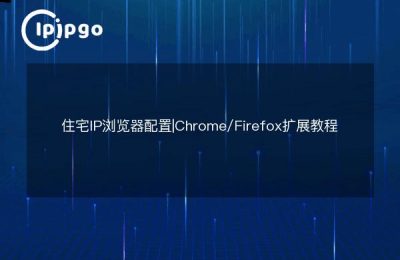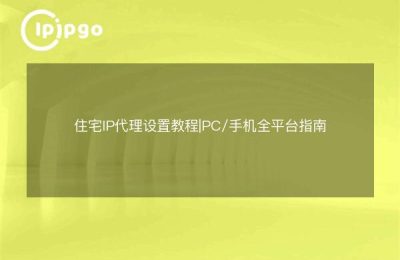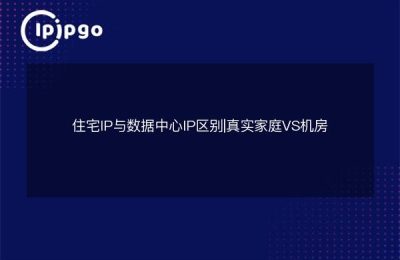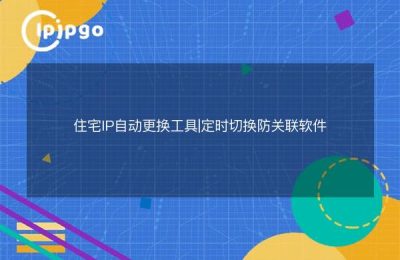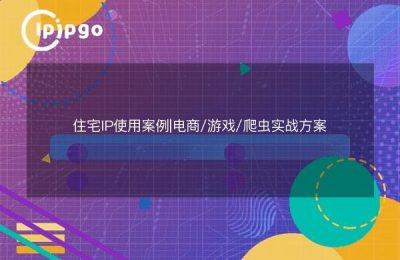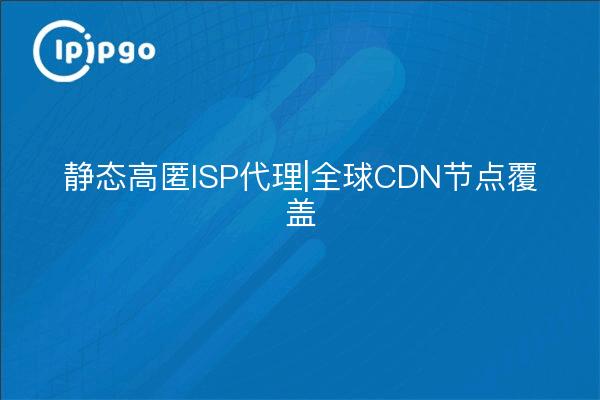
What is a static high stash ISP proxy?
Many users can't tell the classification of proxy IP, in fact, the key lies in three dimensions:Anonymous rank,IP Sourcerespond in singingconnection methodStatic High Stash ISP Proxy is a top of the line solution for proxy IPs. Static High Stash ISP Proxy is a top-of-the-line solution in Proxy IP, which has three core features at the same time:
| characterization | clarification |
|---|---|
| fixed IP address | Use the same IP for each connection, suitable for scenarios that require stable authentication |
| Carrier-grade IP | Directly use the real broadband IP resources of Telecom/Unicom/Mobile, etc. |
| Completely anonymous | Target server does not recognize traces of proxy usage |
Take ipipgo's service for example, their static ISP proxy supportsTCP/UDP full protocolStatic IP is more suitable for the scenarios that require long-term stable connection, such as automated operation and data collection. Compared with dynamic proxies, static IPs are more suitable for scenarios that require long-term stable connections, such as automated operations and maintenance, data collection and other continuous operations.
Why do you need global CDN node coverage?
When your business needs to interface with servers in multiple regions, there are two typical problems with direct local network connections:
1. There are natural network delays in transnational transmissions
2. Network fluctuations or instability in some areas
With CDN nodes deployed in 240+ countries, ipipgo allows user requests to arrive at the nearest proxy server before being transmitted over an optimized backbone network. Empirical data shows that this"Local Access + Dedicated Transitmode, which reduces latency by more than 601 TP3T compared to direct access.
How to Configure Static Proxy + CDN Solution
Here is an example of the e-commerce industry to demonstrate the implementation steps:
Step 1: Node Selection
On the map interface of ipipgo backend, directly box the target country/region. The system will automatically recommend 3-5 optimal access points, and it is recommended to enable backup nodes at the same time.
Step 2: Protocol Settings
Select an agent agreement based on the business system:
- Socks5 protocol is recommended for HTTP/HTTPS services
- Recommended TCP direct connection for database connection
- Video streaming uses the UDP protocol
Step 3: Anonymous verification
Enter the assigned IP in the test tool provided by ipipgo and check the following information:
- REMOTE_ADDR is displayed as the real IP address
- No X-Forwarded-For field in request header
- All WebRTC-related interfaces return null
Comparison of five application scenarios
We compared the effects of a direct connection versus a proxy solution using servers with the same configuration:
| take | Direct connection success rate | Agent Program Success Rate |
|---|---|---|
| Cross-country API calls | 71% | 98% |
| Multi-Location Login Verification | trigger a risk control | pass through normally |
| Data transfer interruption | Average of 3 times/hour | 0 interruptions |
Especially in scenarios requiring fixed IP authentication, ipipgo's static ISP proxy shows obvious advantages. After the track tracking system of a logistics company was accessed, the delay of GPS data reporting was reduced from 12 seconds to 0.8 seconds.
Frequently Asked Questions
Q: How do I detect the true anonymity of a proxy?
A: A visit to http://ipipgo.com/check displays the full proxy detection report, focusing on the following three items:
- Whether the IP type is ISP (carrier class)
- Does WebRTC leak real IPs
- Does the time zone information match the IP location
Q: How to choose between static and dynamic proxies?
A: Refer to this decision tree:
Need to fix identity → select static
Short-term high-frequency switching → Selection dynamics
Enterprise Applications → Static + Dynamic Combinations
Q: How is CDN acceleration configured?
A: Turn on auto optimization in the "Smart Routing" module in the ipipgo console, the system will be based on real-time network conditions:
1. Automatic selection of lowest latency nodes
2. Switching lines in seconds in case of network fluctuations
3. Generation of weekly network quality analysis reports

